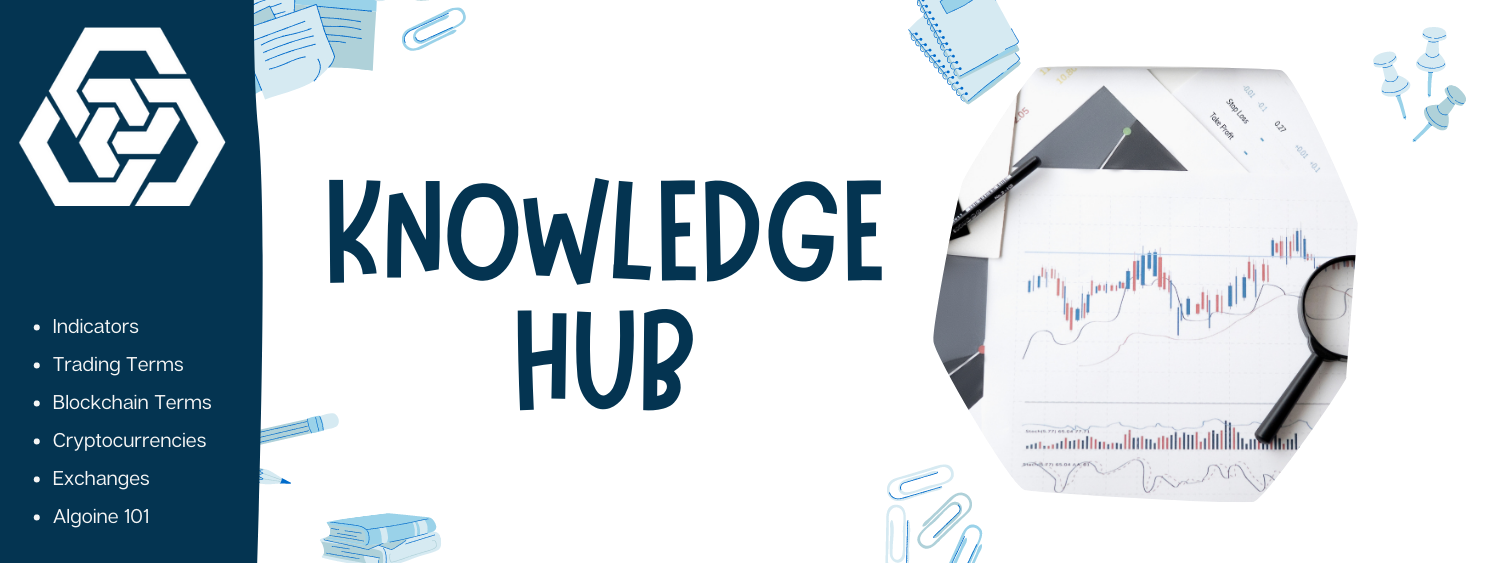Order book

Order Book - A Comprehensive Guide
Order book is one of the most important concepts in trading. It provides all the information about the buy and sell orders placed in a market for a particular asset at a specific moment. The order book offers valuable insights into the direction of the market and the behavior of traders. In this article, we will discuss everything you need to know about the order book, including its structure, key terms, and how to use it to inform your trading decisions.
What is an order book?
An order book is a list of all the buy and sell orders that traders have placed on an exchange for a particular asset. It is a real-time representation of the supply and demand of that asset at any given moment. The primary role of an order book is to match buyers and sellers for trading. If a buyer places a buy order at a price that is equal to or greater than the lowest sell order, a trade is executed.
Understanding the structure of an order book
The order book is structured like a table, with the buy orders on one side and the sell orders on the other. The table is divided into two columns, the left column shows the buy orders, and the right column shows the sell orders.
Each row of the order book contains the following information:
- Order side - buy or sell
- Price - the price that the trader wants to buy or sell at
- Quantity - the amount of asset the trader wants to buy or sell
The rows are ranked by price, with the highest bids or the lowest asks at the top. The bids are always listed in descending order, with the highest bid at the top. On the other hand, asks are listed in ascending order, with the lowest ask at the top.
Key order book terms
Here are some key terms you need to know when it comes to understanding the order book:
- Bid - the price that a buyer is willing to pay for a particular asset
- Ask - the price that a seller is willing to sell for a particular asset
- Spread - the difference between the highest bid and the lowest ask
- Depth - the total quantity of buy or sell orders at a specific price point
How to use the order book in trading
The order book is a valuable tool for traders as it can help them make informed trading decisions. Here are some ways you can use the order book in your trading:
- Determine the market sentiment - If the order book shows a higher number of buy orders than sell orders, it indicates a bullish sentiment. Conversely, if there are more sell orders than buy orders, it implies a bearish sentiment.
- Identify support and resistance levels - The order book can help traders identify support and resistance levels based on the distribution of buy and sell orders. An area with a high depth of buy orders can indicate a support level, and an area with a high number of sell orders can indicate resistance.
- Spot market imbalances - Imbalances in the order book can also indicate market manipulation or bots in action. Traders can use this information to spot potential price movements before they happen.
- Execute trades - The order book is the primary tool used to execute trades in the market. Always ensure you have a clear understanding of the order book before placing a trade.
Conclusion
In conclusion, the order book is an essential tool for traders to make informed trading decisions. Understanding the structure and key terms in the order book can be the key to unlock precise and profitable trades. Finally, as the order book information is highly dynamic and can change quickly, keep an eye on it regularly to stay on top of market conditions.
Our educational contents are prepared with AI support.